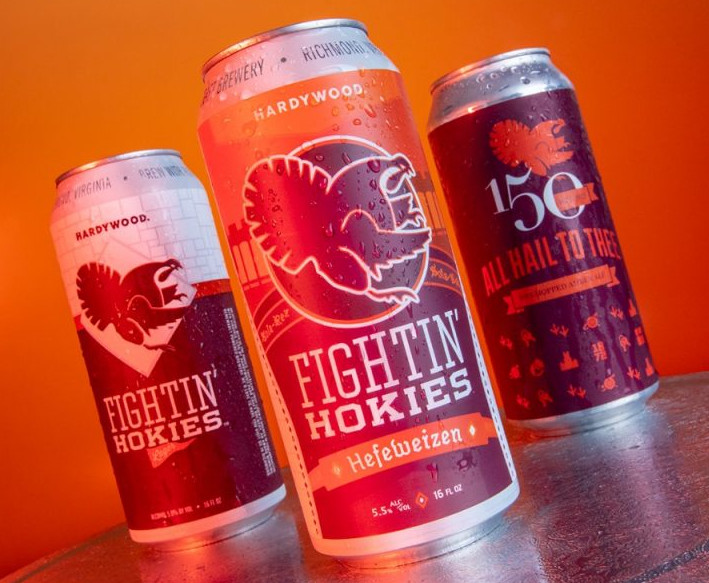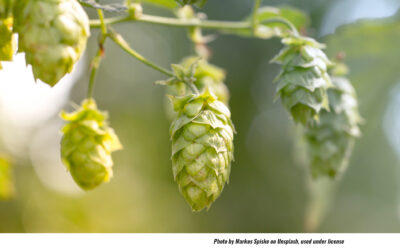BLACKSBURG VA – Beer drinkers, beware: the changing global climate could someday affect the flavor and nose-pleasing scent of your favorite brew.
Results of new research, published Oct. 10 (2023; Tuesday) by Czech scientists in the journal Nature Communications, suggests a warmer and drier climate is expected to lower the future yield of hops. Hops are the flowers of the humulus lupulus plant, the acid content of which imbues beer with its signature bitter flavor and distinct aroma.
Hops are a key ingredient in most beers, and beer ranks as the world’s third most widely consumed beverage, after water and tea, the study notes.

By 2050 hop production could drop in Europe by up to 18 percent, and its acidic potency could fall by up to 31 percent, according to research team estimates. Yes, that’s more than 25 years away. It may not seem like an immediate worry except to anyone who qualifies as a beer science expert … like the researchers themselves, and Virginia Tech Assistant Professor Herbert Bruce (at right).
Bruce knows more than a little about beer.
He graduated from the master brewers program at the University of California at Davis, passed the brewer’s exam from the Institute of Brewing and Distilling in London, and worked as head brewer and plant manager of two microbreweries and a brewpub. He helped create a Virginia Tech line of beers (below), and currently teaches applied malting and brewing science in its Food Science and Technology Department.
What’s brewing? Climate variations
Bruce believes current and future climate variations have the potential to change the essential oils of particular varieties of hops. Temperature and rainfall are a big part of those variations. The combination directly affects hop aroma and flavor, Bruce explained, so the taste of beers may change as a result.

“There’s already seasonal variation in the same variety of hops, but changes in the climate could exacerbate them,” Bruce reported. Even he admits, though, that “it’s difficult to predict.”
Bruce also recognizes bitter beers likely won’t fade away. It’s fairly common for American breweries to use European hops, especially noble or German hops in pilsners and other traditional lagers, he said. Brewers are able to adjust the amount of hops they use to maintain a desired bitterness.
Beer aroma, however, is another matter. Adjusting it is “much more difficult to do with the unique aromas of different hop varieties,” Bruce said.
It’s also reasonable to expect retail prices would rise if the brewing industry adjusts recipes or alters hop varieties to maintain consistent flavors and aromas. Bruce acknowledges hops represent “only about four percent of the cost of a bottle of beer, and the price jump isn’t expected to be large initially,” but the great unknown is what happens over time.
No one can guess, he noted, what additional factors might come into play as the climate affects other areas of the economy.
Photo of hops by Markus Spiske on Unsplash, used by Travels With The Post under license
Fightin’ Hokies beer photo by Tim Skiles for Virginia Tech
Herbert Bruce photo provided by Virginia Tech

